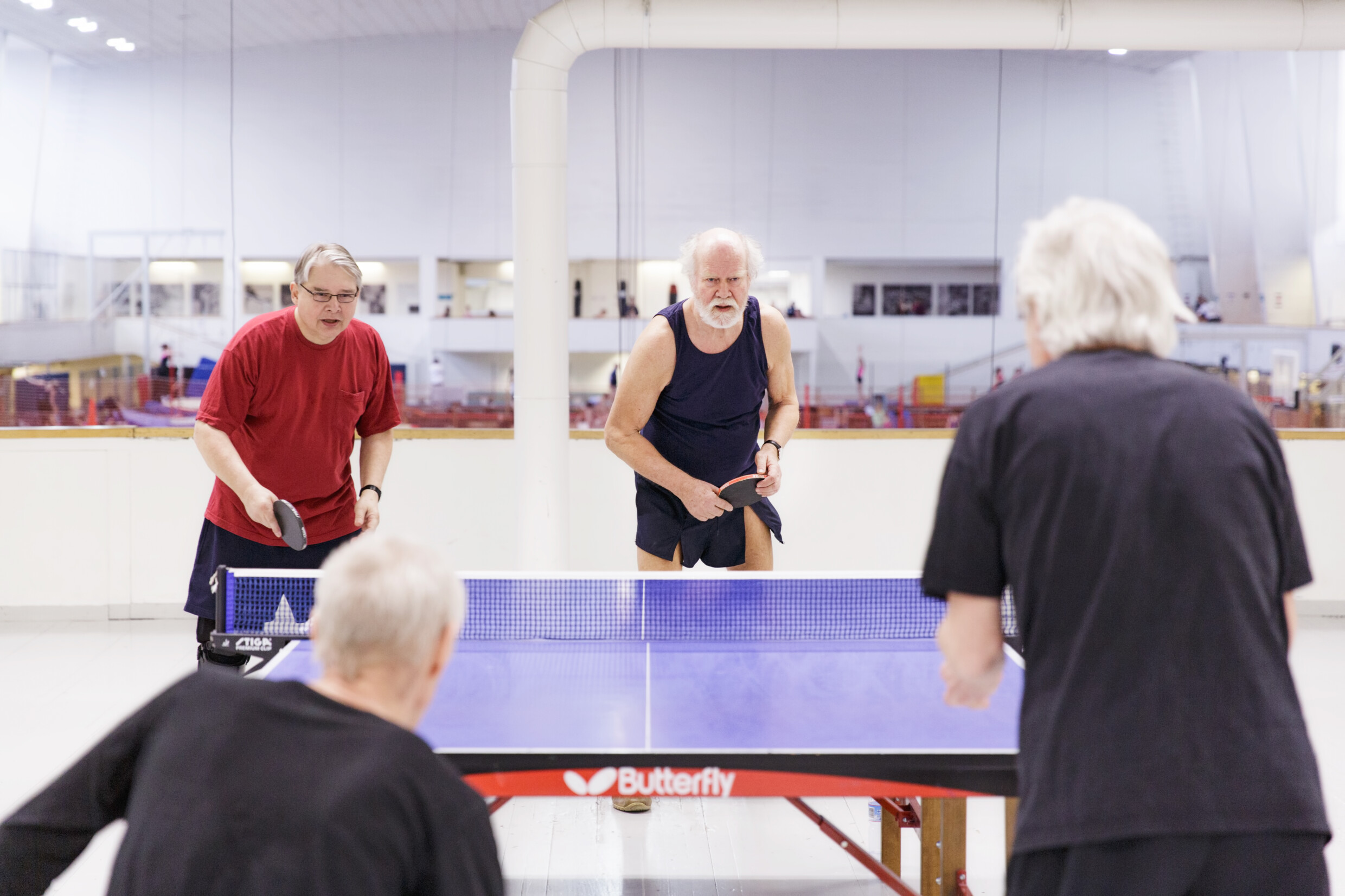
One objective of the URBANAGE project is to develop a tool for collecting location-based feedback and people’s perceptions on the urban environment. This is done specifically in the project’s accessibility issues context.
With the help from a local product developer, the project team at Forum Virium Helsinki came up with a few different design models for a physical device. Through an agile design approach, we started shaping the desired device model and functionalities.
The participants of the co-creation workshops identified poor public lighting, lack of adequate amount of seating or benches, proper signage, issues with winter maintenance of sidewalks, and access points to public services and transport as the main issues affecting older citizens’ mobility.
The first prototype focused on the following themes that were identified in the co-creation workshops:
- issues with walkways and roads (e.g., snow piles and slipperiness)
- safety
- lighting
- general unpleasantness
- pleasant places
- green areas

The outcome of the design process was a set of participatory data collection devices which are handled as a proof of concept for future efforts to collect citizen generated data and enable wider public participation in urban planning, urban regeneration and maintenance processes.
Device to enable elderly citizens to give feedback
Another iteration of the device testing was the Malmi case. In this case, the primary functionality revolved around empowering older citizens to identify areas in need of bench installations throughout the district, as well as addressing concerns regarding poor lighting. Through these devices, individuals could pinpoint specific locations where benches were deemed necessary or where poor lighting was identified by simply pressing a designated button.
This action triggered the device to record the precise location data, which was then transmitted to the server. Subsequently, this data could be relayed to city authorities to facilitate the installation of benches and address lighting issues in identified areas. By leveraging this functionality, the Malmi pilot facilitated direct citizen engagement in shaping their local urban environment.

Anonymous data via LoRaWan to open API
One of the requirements for the device was to produce data that wouldn’t contain any personal data, and thus, the device only stores the button presses alongside with a device id, a time stamp and coordinates for the location. This data is automatically directed via LoRaWan to an open API (https://urbanage.fvh.io/rest/map_data_points/) for utilisation purposes.
Finally, once the device casing was ready and all the electronics fitted nicely inside the case, we made a decision to 3D print the chosen number of devices. Then it was the time for the assembly stage.
The work followed the same iterative approach, first, testing the assembly with one device and then extending the process to the rest of the devices one step at the time. After a few mistakes and little tweaking we finally managed to get all electronics assembled and then it was time to turn devices on to test their connectivity and operation.
Functionality tests were critical before enclosing the electronics as little issues were easier to fix before all content was properly attached to 3D printed cases. The final step was to take the device label printed on tape paper and attach the label to the front of each device. In the design of the device, it was decided that we would use removable label as this would later make it easier to adjust the buttons categories without further 3D printing of the cases themselves.
Photo: Maija Astikainen, City of Helsinki
Additional information

Nikita Akmaikin
Project Manager
+358 40 680 2970
nikita.akmaikin@forumvirium.fi

Ville Santala
Parental leave


